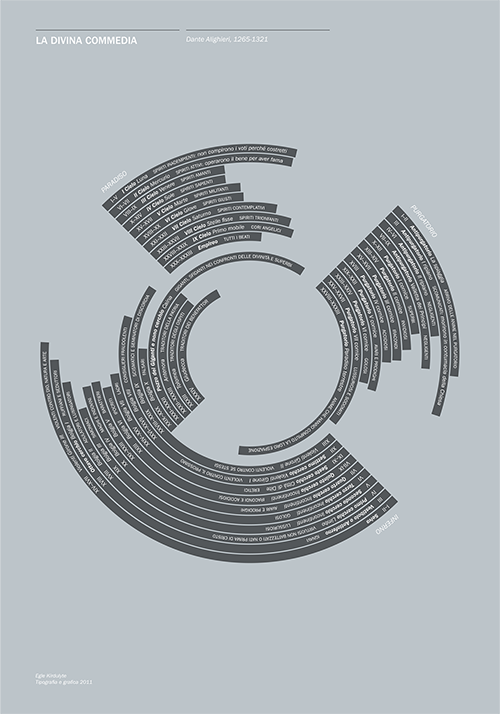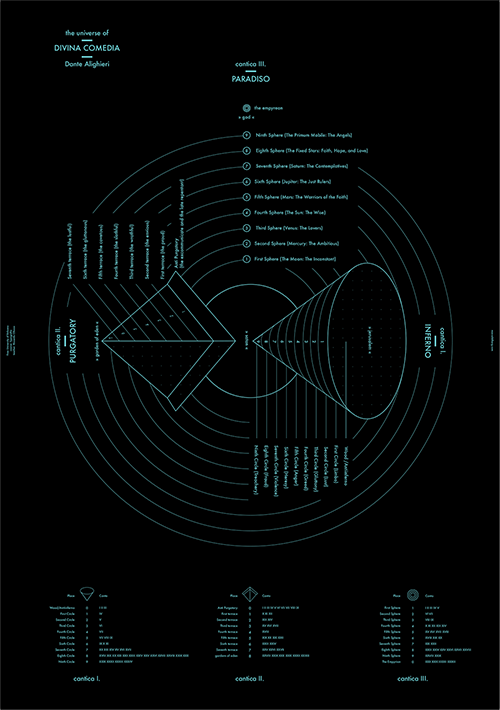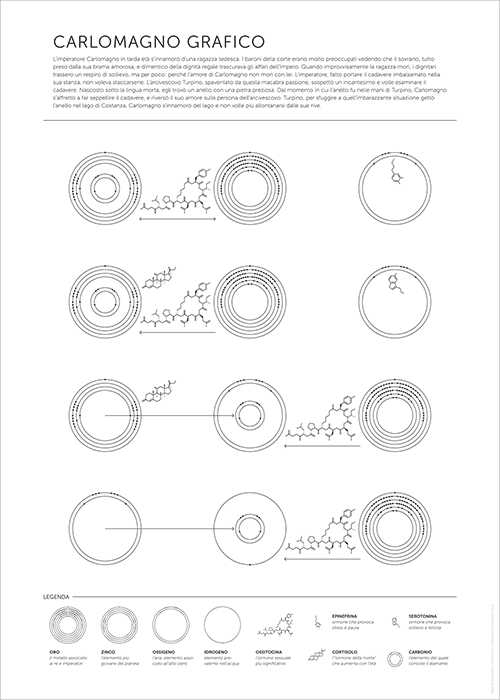Free University of Bolzano-Bozen
Typography and graphics
Practical course, 60 hours
Spring semester 2011 – Winter semester 2012–13
The course was an introduction to typography and graphics. Through lectures, class exercises, many discussions and exchange of ideas, we touched all the most important aspects of typography, from the shape of the letters to the layout of an editorial product.
With certain specific exercises, using notational strategies and elements from information design, we explored the graphic norms that shape what we call ‘visual communication’.
The following is a selection of students’ exercises.
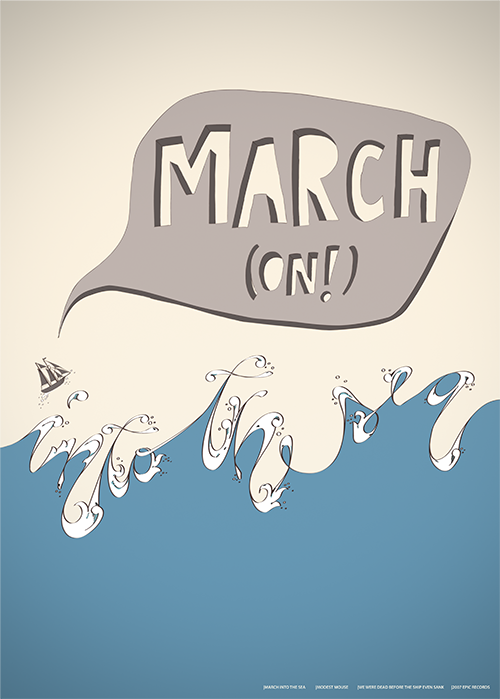
Gloria Spallanzani, 2012. Illustrated lettering (Music poster), cm 50 x 70
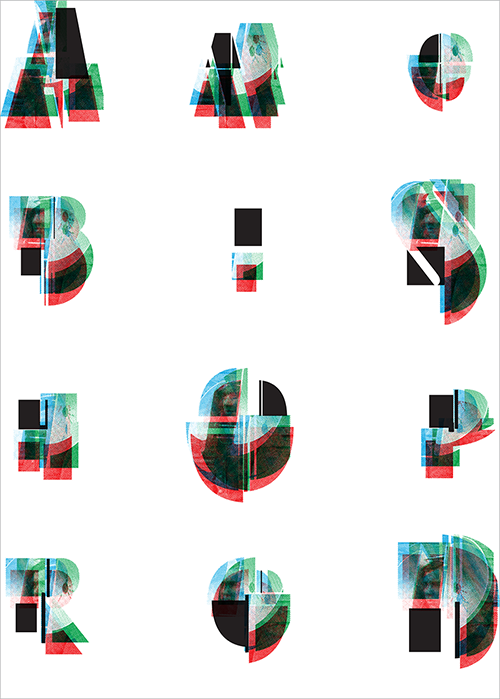
Benedikt Roiger, 2012. Illustrated lettering (Music poster), cm 50 x 70
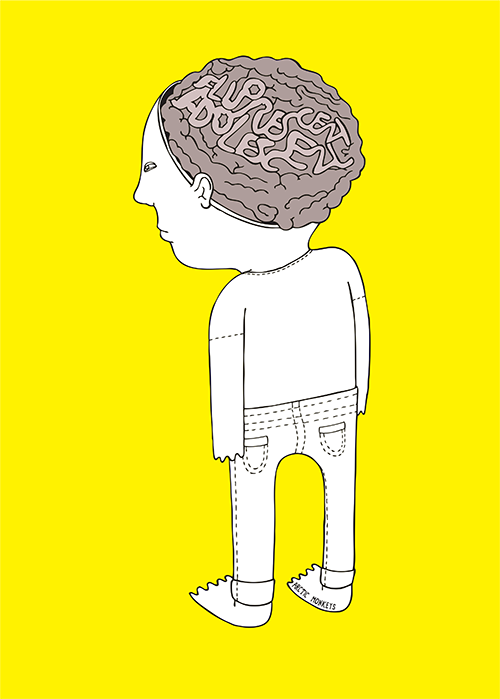
Veronica Martini, 2012. Illustrated lettering (Music poster), cm 50 x 70
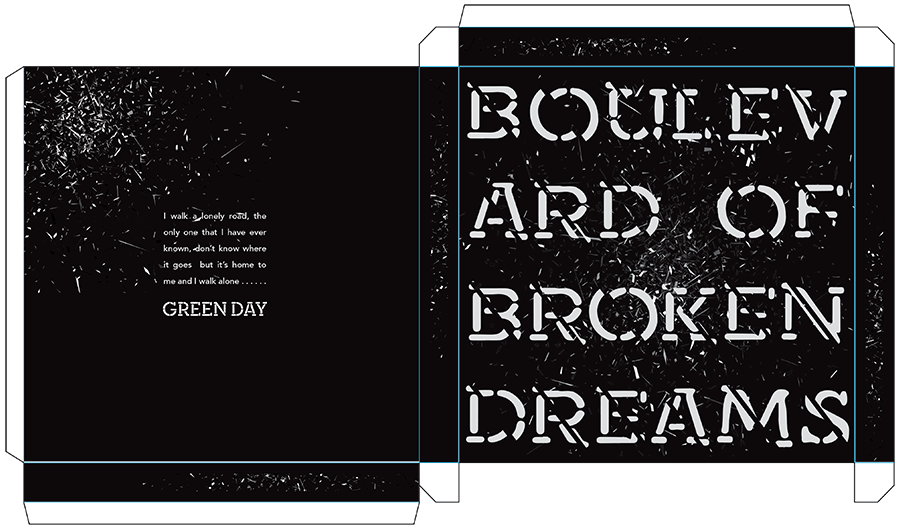
Elisa Spigai, 2013. Illustrated lettering (Music vinyl box). 7inch vinyl box
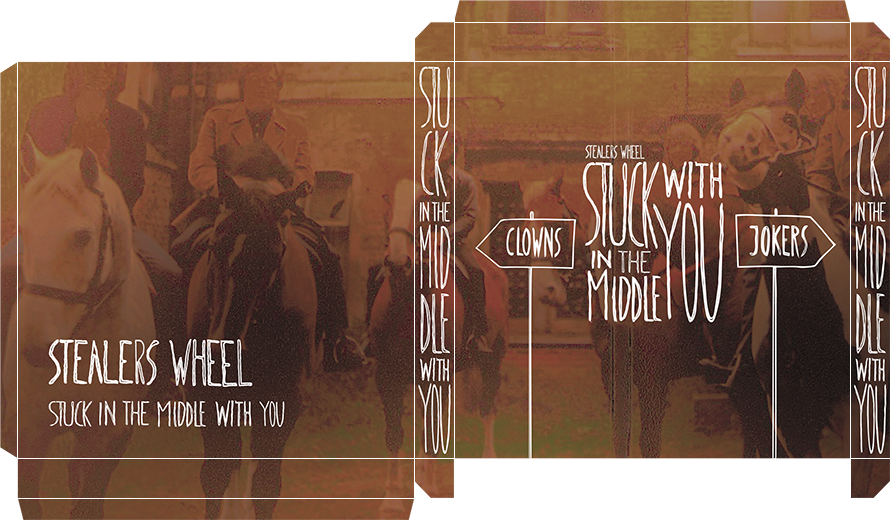
Eszter Zetelaki, 2012. Illustrated lettering (Music vinyl box). 7inch vinyl box
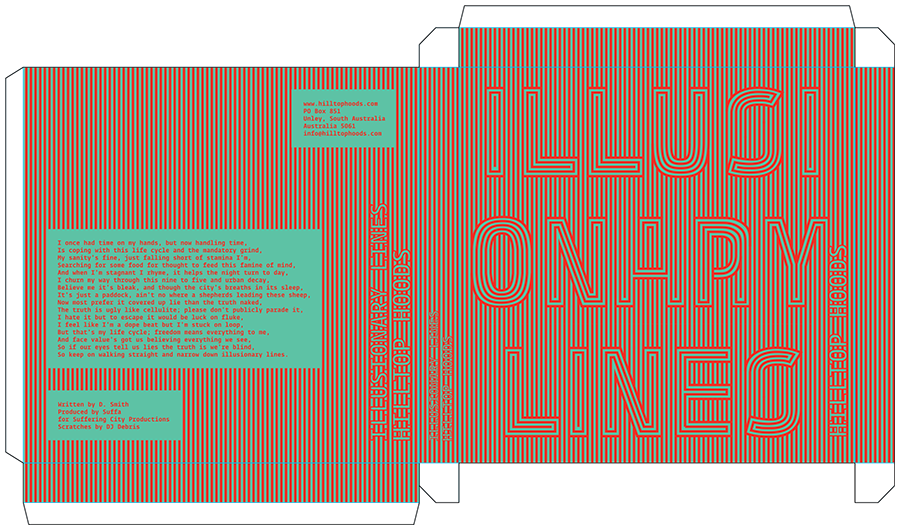
Carina Ostermayer, 2013. Illustrated lettering (Music vinyl box). 7inch vinyl box
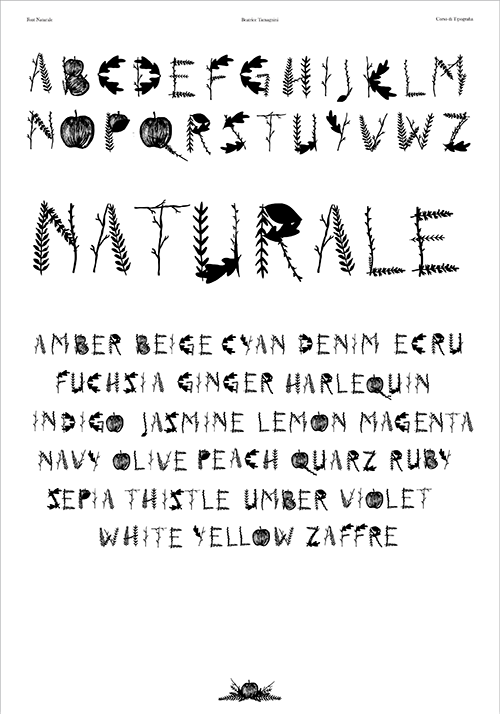
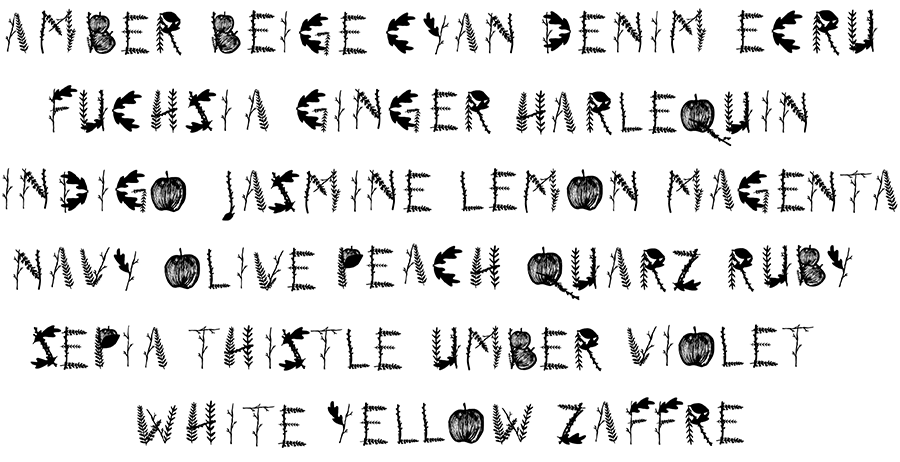
Beatrice Tamagnini, 2012. Combinatory Letters (10 elements). Poster cm 70 x 100
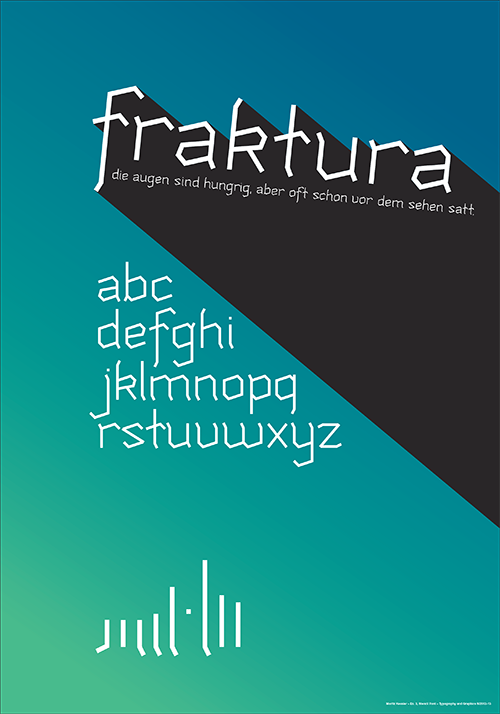
Moritz Kessler, 2013. Combinatory Letters (9 elements). Poster cm 70 x 100
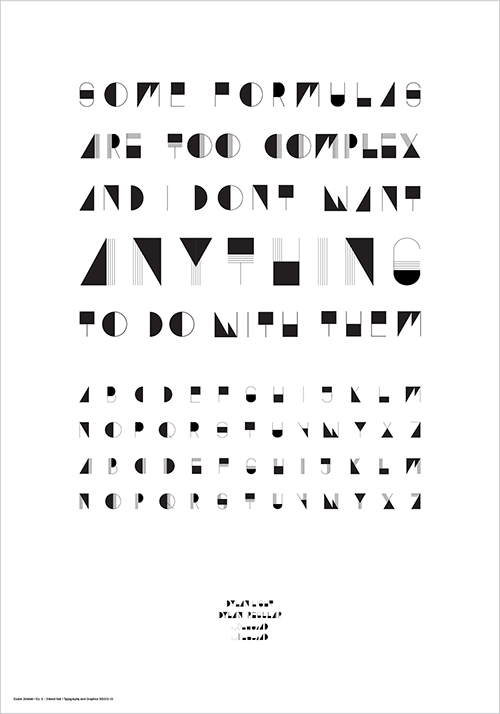
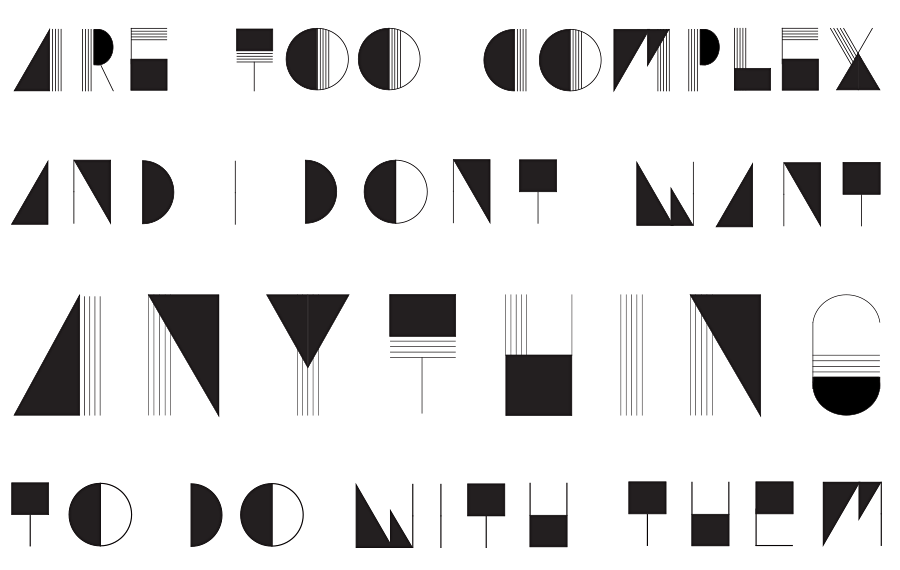
Eszter Zetelaki, 2012. Combinatory Letters (9 elements). Poster cm 70 x 100
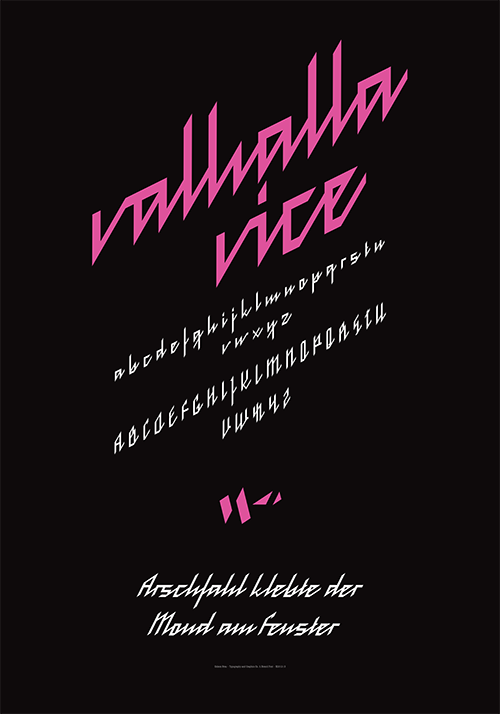
Gideon Ferdinand Breu, 2013. Combinatory Letters (9 elements). Poster cm 70 x 100
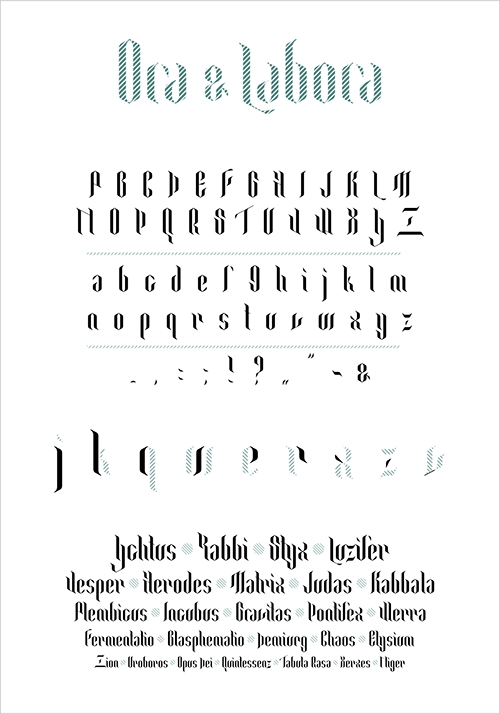
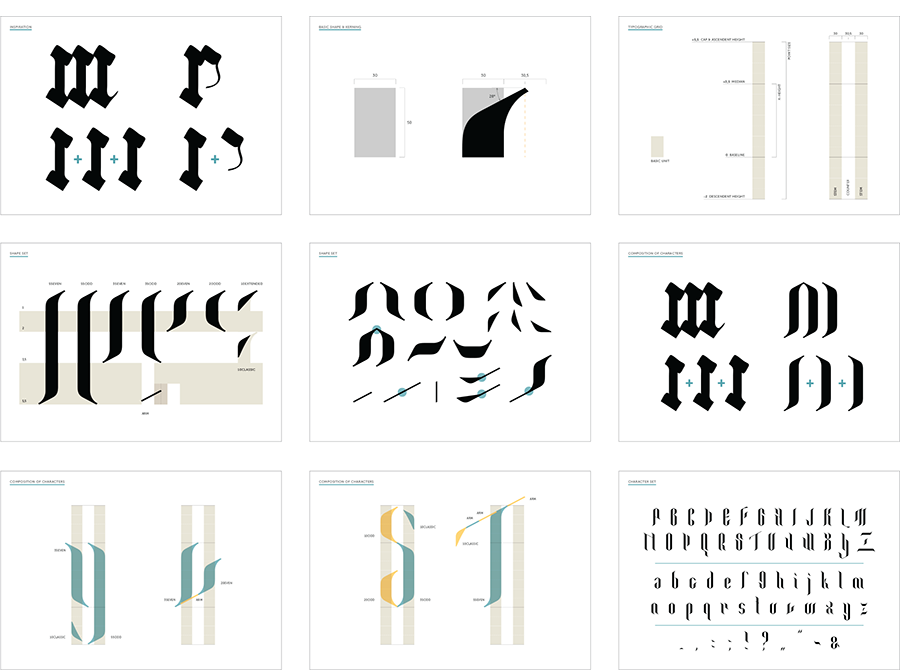
Martin Vendross, 2012. Combinatory Letters (10 elements). Poster and booklet
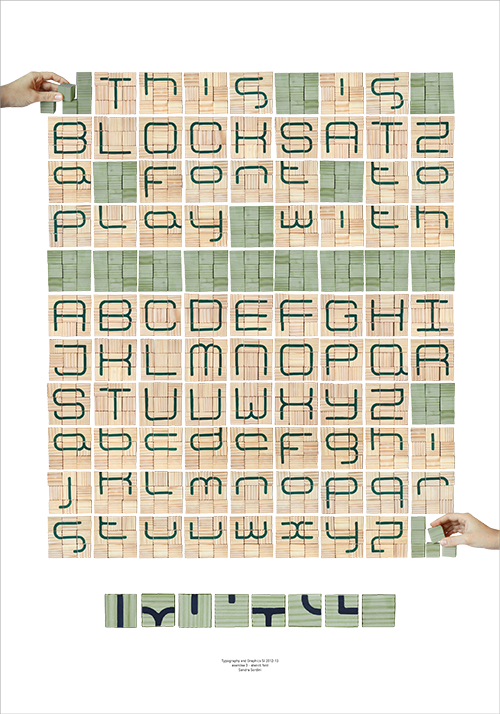
Sandra Sordini, 2012. Combinatory Letters (8 elements). Poster cm 70 x 100
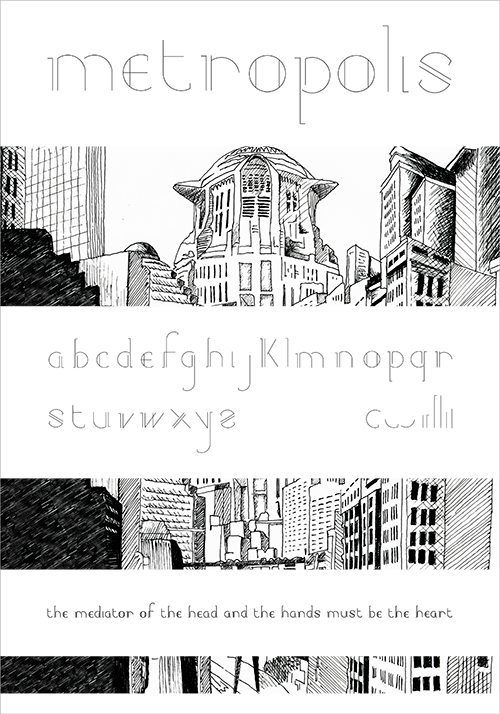
Elisa Spigai, 2013. Combinatory Letters (8 elements). Poster cm 70 x 100
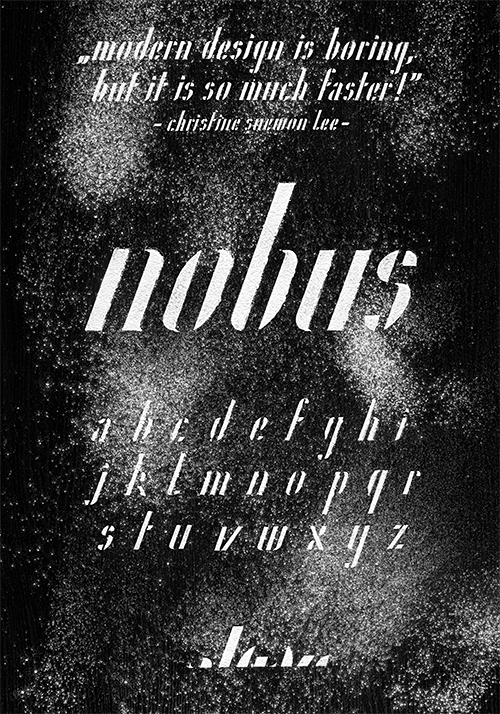
Hannes Häfner, 2013. Combinatory Letters (9 elements). Poster cm 70 x 100
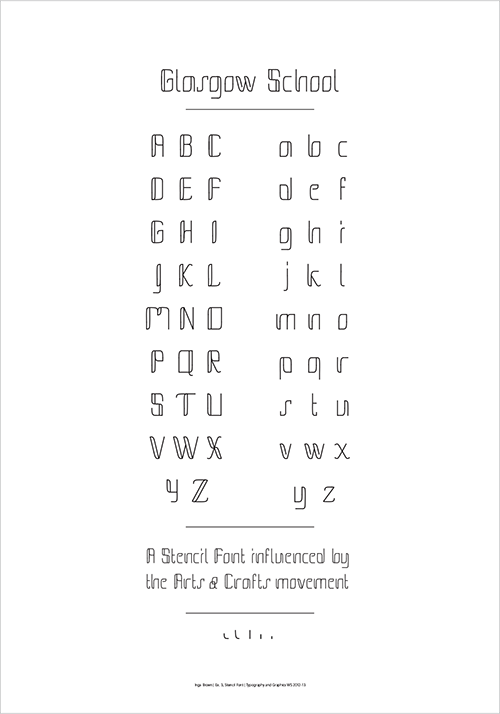
Inga Brown, 2012. Combinatory Letters (8 elements). Poster cm 70 x 100
Egle Kirdulyte, 2011. Divina Comedia non-linear Index. Poster cm 70 x 100. Hi resolution
Max Edelberg, 2011. Divina Comedia non-linear Index. Poster cm 70 x 100. Hi resolution
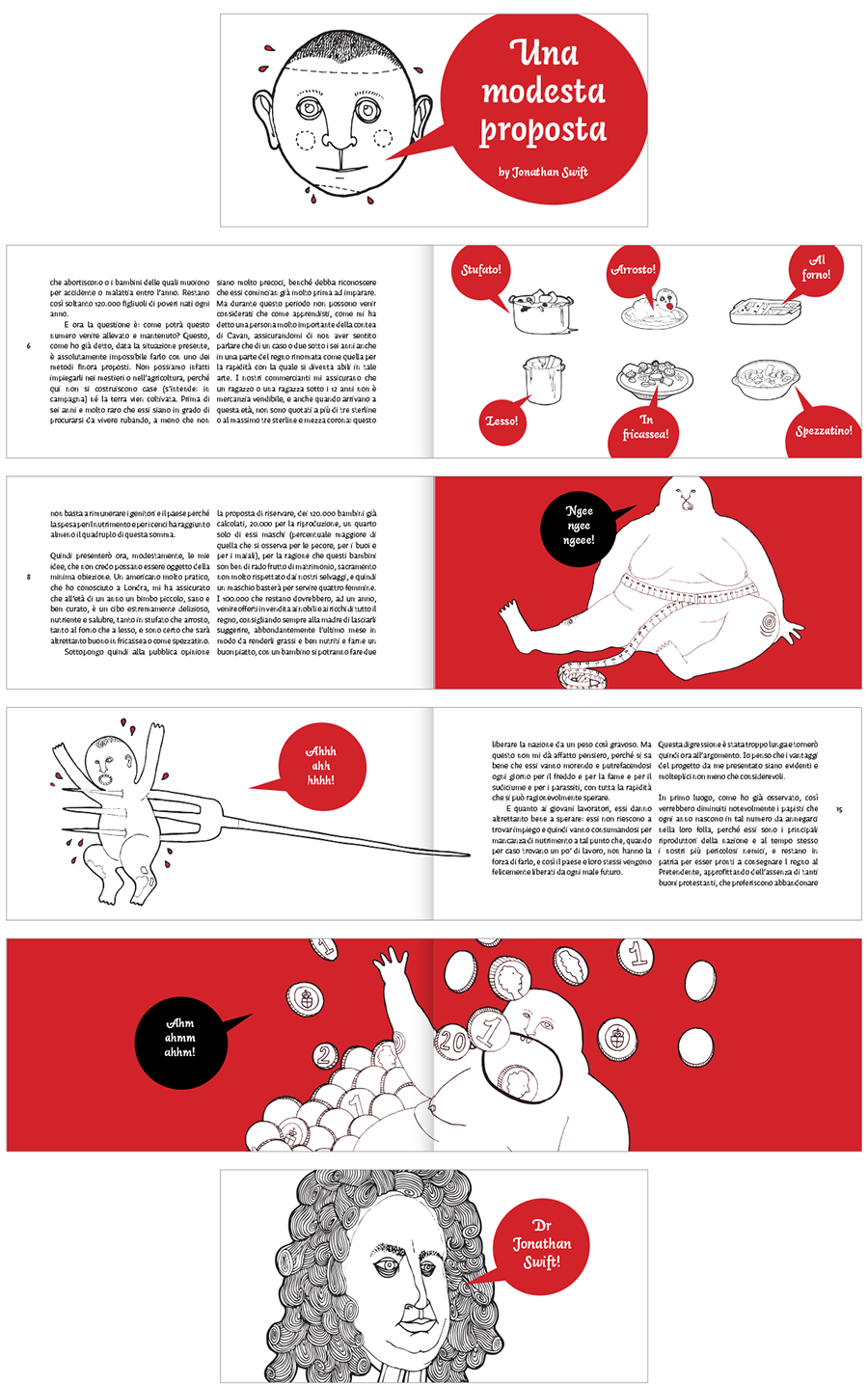
Veronica Martini, 2012. Illustrated booklet (Swift, A modest proposal), cm 29.7 x 14.8, 20 pp.
Charlemagne visual tale
In this exercise each student had to invent a notational system – with as little use of alphabetic signs as possible – to represent the Calvino’s Charlemagne’s tale.
Charlemagne’s tale
(Calvino, Lezioni Americane. 1988)
Late in life the Emperor Charlemagne fell in love with a German girl. The barons at
his court were extremely worried when they saw that the sovereign, wholly taken
up with his amorous passion and unmindful of his regal dignity, was neglecting the affairs of state. When the girl suddenly died, the courtiers were greatly relieved – but not for long, because Charlemagne’s love did not die with her. The emperor had the embalmed body carried to his bed chamber, where he refused to be parted from it. The Archbishop Turpin, alarmed by this macabre passion, suspected an enchantment and insisted on examining the corpse. Hidden under the girl’s dead tongue he found a ring with a precious stone set init. As soon as the ring was in Turpin’s hands, Charlemagne fell passionately in love with the archbishop and hurriedly had the girl buried. In
order to escape the embarrassing situation, Turpin flung the ring into Lake Constance. Charlemagne thereupon fell in love with the lake and would not leave its shores.
Martin Vendross, 2012. Charlemagne visual tale.
Poster cm 70 x 100. Hi resolution
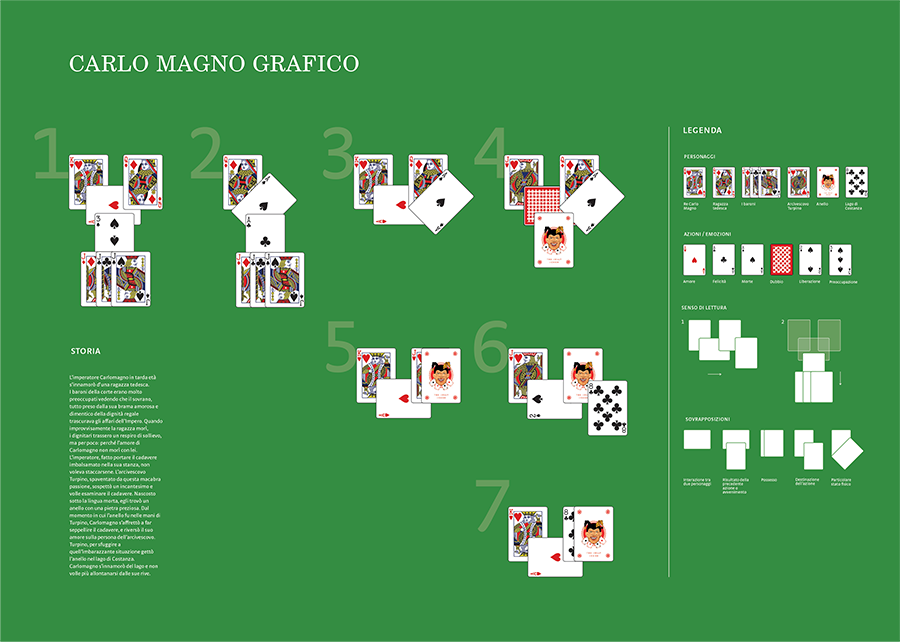
Irene Beltrame, 2012. Charlemagne visual tale.
Poster cm 70 x 50. Hi resolution
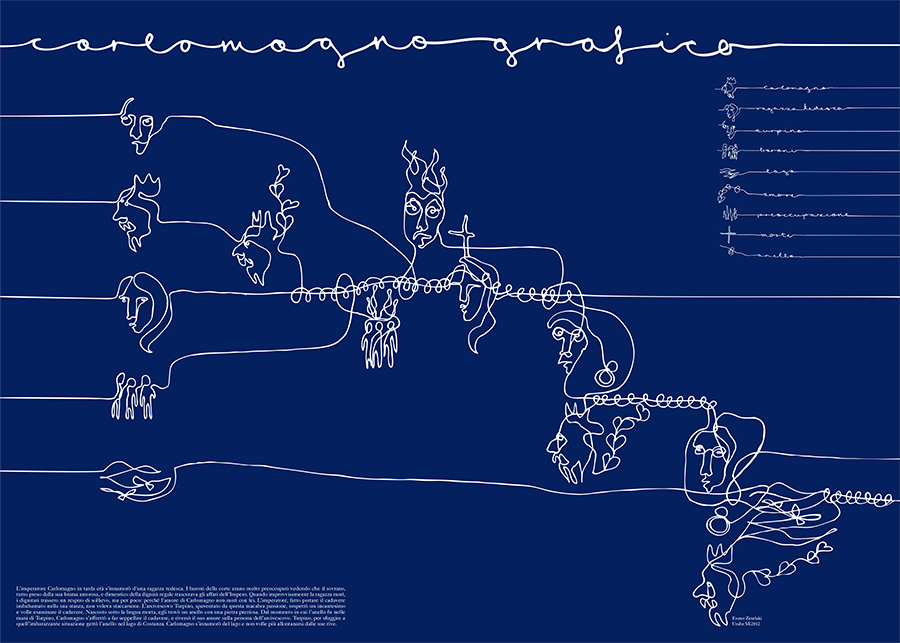
Eszter Zetlaki, 2012. Charlemagne visual tale.
Poster cm 70 x 50. Hi resolution
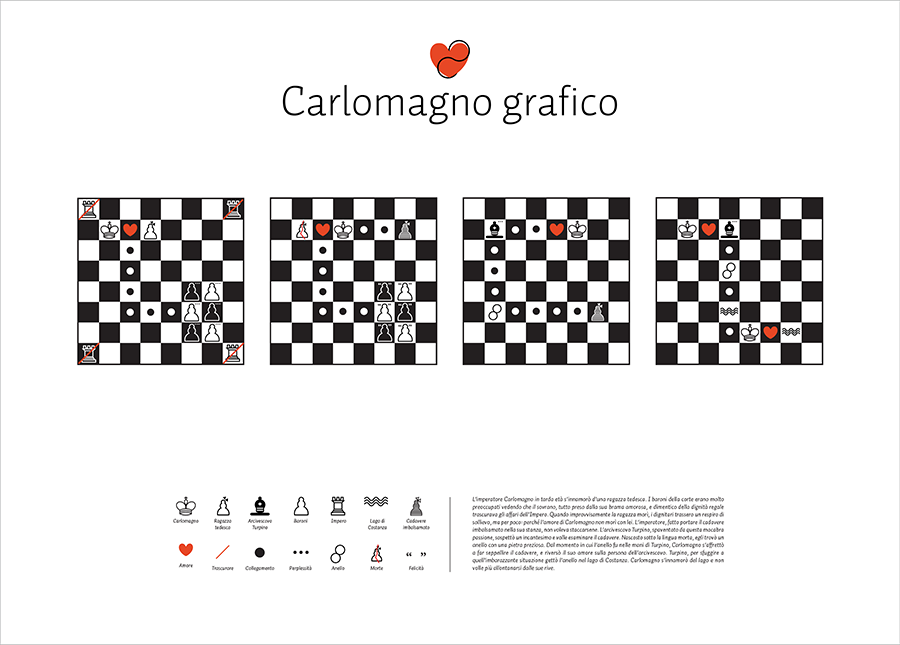
Veronica Martini, 2012. Charlemagne visual tale.
Poster cm 70 x 05. Hi resolution
